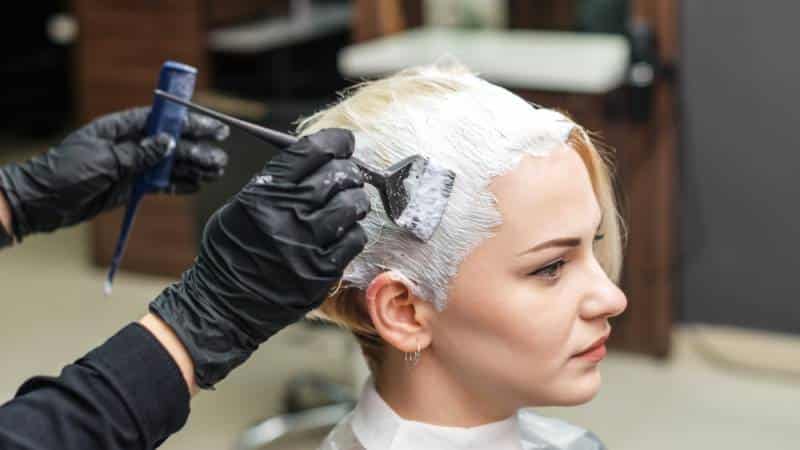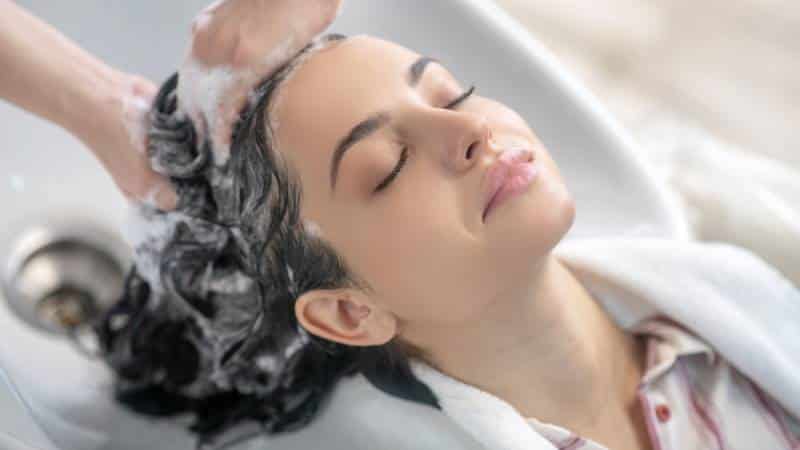Many people are curious about the effects of bleaching their hair. Some people believe that it damages your hair permanently and causes it to fall out. Other people believe that bleaching your hair is perfectly safe and will not cause any damage. So, what is the truth?
This article will explore the effects of bleaching your hair and whether or not it damages your hair permanently. We’ll also provide some tips on how to prevent damage if you do choose to bleach your hair.
Let’s start by looking at the effects of bleaching your hair.
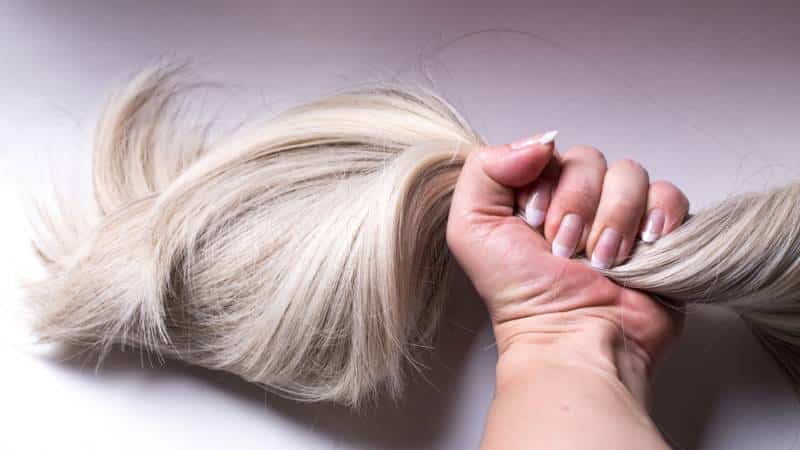
The Effects of Bleaching Your Hair
Bleaching your hair can have a number of different effects. It can dry out your hair, making it brittle and more susceptible to breakage. It can also change the color and texture of your hair. In some cases, bleaching your hair can even cause it to fall out.
Why Does Bleaching Your Hair Damage It?
The main reason why bleaching your hair can damage it is because of the chemicals that are used in the bleaching process. These chemicals can be harsh on your hair and strip away its natural oils, which can lead to dryness and breakage.
Does Bleaching Your Hair Damage It Forever?
The answer is no, bleaching your hair does not damage it forever. However, it can cause some temporary or permanent damage depending on how often you bleach your hair and how you care for it afterward.
If you bleach your hair frequently, or if you don’t take care of it properly after bleaching, you may cause some permanent damage. This can include dryness, breakage, and changes in color and texture.
However, if you take care of your hair and don’t bleach it too often, the damage should be temporary and your hair will eventually return to its normal state.
Related: How Long to Wait to Dye Hair After Bleaching?
Things to Prepare Before Bleaching Your Hair
Bleaching your hair can be a fun way to change up your look, but it’s important to take some precautions before you do. Here are a few things you should do before bleaching your hair:
- Make sure your hair is completely dry. Bleaching your hair when it’s wet can cause serious damage.
- Be sure to use a good quality bleaching product.
- Protect your scalp by applying a layer of petroleum jelly or another type of barrier cream.
- If you have long hair, tie it back in a ponytail to keep it out of the way.
- Put on gloves to protect your hands from the chemicals in the bleaching kit.
- Use a low-volume developer. This will help to minimize the amount of damage caused by the bleaching process.
- Read the instructions that come with your bleaching kit carefully.
Now that you’ve followed these guidelines, it’s time to start bleaching your hair! Make sure you follow the instructions carefully and stop if you begin to feel any pain.
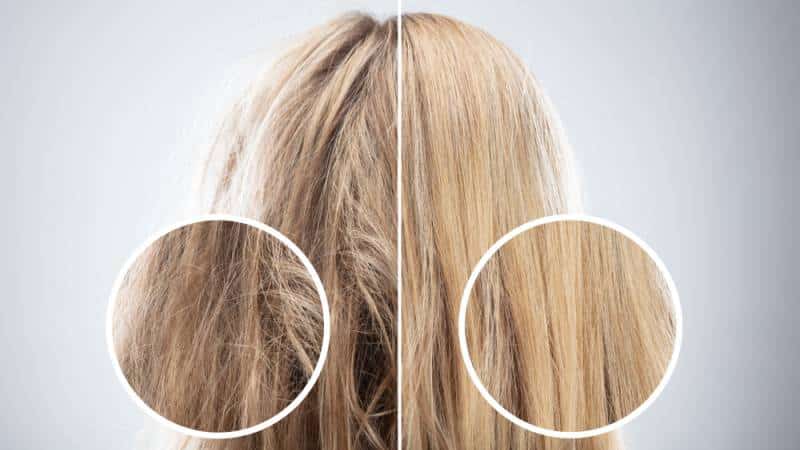
How to Care for Your Hair After Bleaching to Prevent Permanent Damage
It is no secret that bleaching can be quite damaging to your hair. If not done correctly, bleaching can cause your hair to become dry, brittle, and even break off.
However, if you take the necessary precautions and care for your hair properly after bleaching, you can help minimize the damage and keep your hair healthy and strong.
Here are a few tips on how to care for your hair after bleaching to prevent permanent damage:
Use a deep conditioning treatment: Deep conditioning treatments help to replenish the moisture that is lost during the bleaching process. Apply a deep conditioner to your hair once a week and leave it on for at least 30 minutes.
Avoid heat styling: Heat styling can further damage your already weakened hair. If you must use heat, be sure to use a heat protectant spray and keep the heat setting low.
Limit washing: Washing your hair too often can strip away the natural oils that help to protect it. Try to wash your hair only 2-3 times a week and use a mild, sulfate-free shampoo.
Air dry or use a diffuser: Air drying or using a diffuser will help to reduce the amount of heat damage.
Be gentle: When brushing your hair, be sure to use a wide-toothed comb and take your time. Be gentle with your hair to avoid further damage.
Avoid using these hairstyles if you have damaged hair: If you have damaged hair, it’s best to avoid certain hairstyles that can further damage your hair. These hairstyles include:
- Tight ponytails: Tight ponytails can cause breakage and damage to the hairline.
- Topknots: Topknots are similar to tight ponytails and can cause the same amount of damage.
- Extensions: Extensions can put a lot of strain on your hair and can lead to breakage.
- Braids: Braids can pull on your hair and cause damage, especially if they are too tight.
Limit bleaching sessions: If you must bleach your hair, limit the number of sessions you have. Bleaching your hair too often can cause serious damage. Try to space out your bleaching sessions by at least 6-8 weeks.
Protect your hair from the sun: The sun can cause damage to your hair, so it’s important to protect it when you are outdoors. Wear a hat or use a scarf to cover your hair when you are in the sun.
Try a protein treatment: Protein treatments can help to repair and strengthen damaged hair. Try using a protein treatment once a week to help repair your damaged hair.
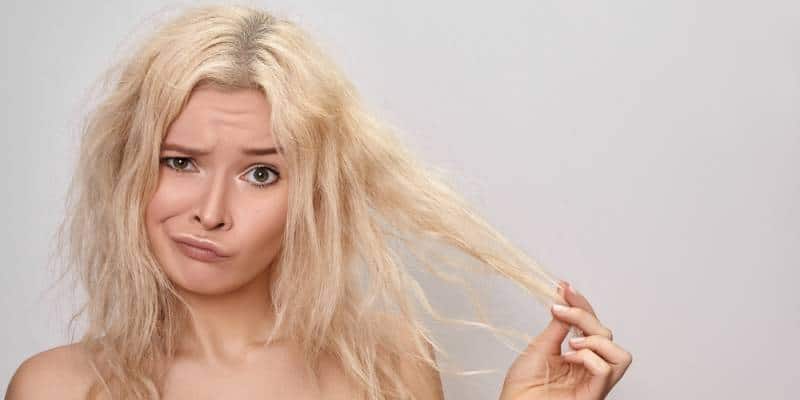
In Conclusion
Bleaching your hair is not necessarily going to damage it forever.
If you take good care of your hair and use products that are designed to protect and repair damaged hair, then you can minimize the amount of damage that bleaching does.
With proper care, your hair can bounce back from bleaching and look healthy and shiny again.
